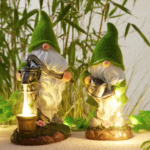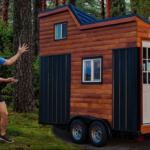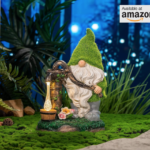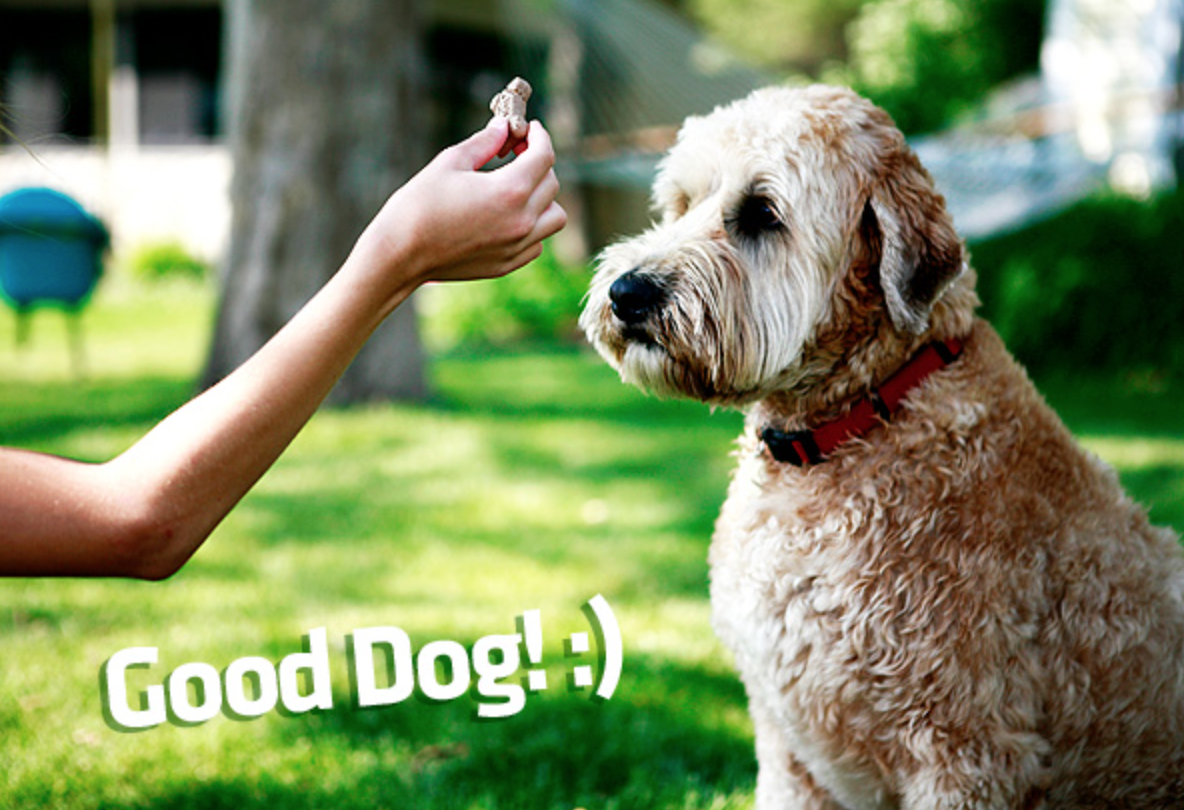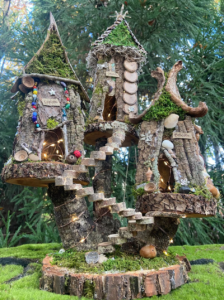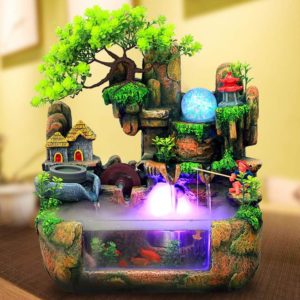The Ultimate Guide to House and Potty Training Your Dog
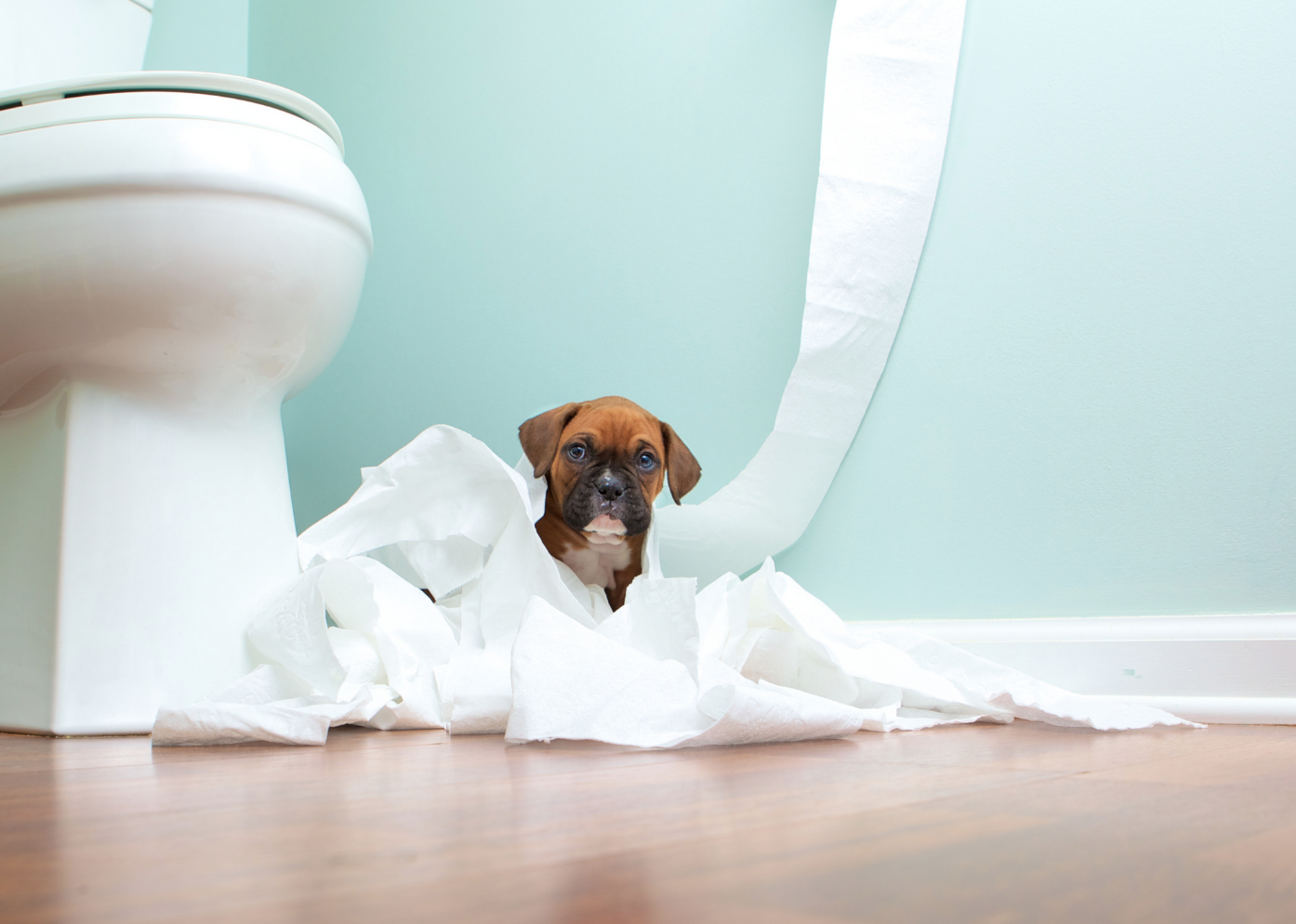
Bringing home a new furry friend is an exciting experience, but it also comes with responsibilities, including house and potty training. Teaching your dog where and when to go potty is essential for a harmonious relationship and a clean home. However, this process requires patience, consistency, and understanding. In this comprehensive guide, we’ll walk you through the steps to effectively house and potty train your dog, ensuring a happy and healthy environment for both you and your canine companion.
Understanding the Basics of Dog Training:
Before diving into the specifics of house and potty training, it’s crucial to understand some fundamental principles of dog training. Positive reinforcement is key. This means rewarding your dog for desired behaviors rather than punishing them for mistakes. Dogs thrive on praise and treats, so be sure to provide plenty of both during the training process. Additionally, consistency is paramount. Establishing a routine and sticking to it will help your dog understand what is expected of them.
House Training Your Dog:
Crate training, also known as house training, means teaching your dog to hold their bladder and bowels while indoors and to relieve themselves outside. Here’s how to get started:
Set Up a Designated Potty Area:
Choose a spot outside where you want your puppy to go potty. Take your puppy to this spot consistently, particularly after meals, naps, and playtime.
Establish a Routine:
Dogs thrive on routine, so establish a consistent schedule for feeding, playtime, and potty breaks. Take your dog outside first thing in the morning, before bedtime, after meals, and frequently throughout the day.
Use Crate Training:
A crate can be very valuable for house training. Dogs are den animals by nature and instinctively avoid soiling their living space. Choose a dog cage that is just big enough for your dog to stand up, turn around, and lie down comfortably. Use positive reinforcement to encourage your dog to enter the crate, and never use it as a form of punishment.
Watch Your Dog:
When your dog is not in their crate, keep a close eye on them indoors. Look for signs that they need to go potty, such as circling, gniffing, or pacing. If you catch them in the act, calmly interrupt them and take them outside to their designated potty area.
Reward Desired Behaviors:
When your dog goes potty outside, be sure to praise them and offer treats as a reward. Positive reinforcement will help you reinforce the behavior and encourage your dog to continue going potty in the appropriate potty area.
Potty Training Your Dog:
Potty training involves teaching your dog to signal when they need to go outside to relieve themselves. Here are some tips for success:
Watch for Signs:
Pay attention to your dog’s body language and behavior. Signs that they need to go potty may include whining, pacing, sniffing, or scratching at the door. When you notice these cues, take your dog outside immediately.
Teach a Cue Word:
Choose a cue word or phrase, such as “do your business,” or “go potty” to associate with the act of going potty. Use this cue every time and consistently when you take your dog outside to potty.
Be Consistent and Patient:
Potty training takes patience and time. Be consistent with your routine and praise your dog lavishly when they go potty outside. Avoid punishing accidents indoors, as this can confuse and frighten your dog.
Clean Accidents Thoroughly:
If your dog has an accident indoors, clean the area thoroughly with a cleaner to remove any lingering odors that may attract your dog back to the same spot.
Adjust Your Routine as Needed:
Every puppy is different, so be prepared to adjust your training approach based on your dog’s individual needs and progress. If you’re struggling with potty training, consider consulting a professional dog trainer for additional guidance and support.
Potty training a puppy takes effort and consistency, but it is generally a fairly straightforward process if you follow some simple rules and guidelines.
Here is an example of a great Dog Training 6 Day Course: “Secret To Dog Training: Stop your Dog’s Behaviour Problems!”
Conclusion:
House and potty training your dog requires patience, consistency, and a positive attitude. By establishing a routine, using positive reinforcement, and closely supervising your dog, you can effectively teach them where and when to go potty. Remember to be patient and understanding, and celebrate your dog’s successes along the way. With time and practice, you and your furry friend will enjoy a clean and happy home together.




